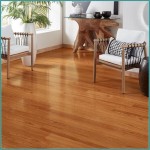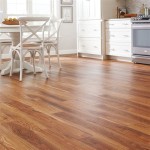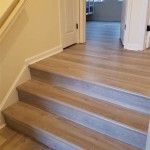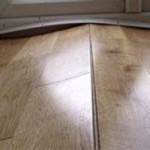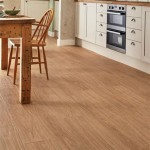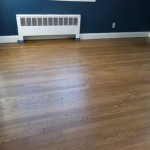Vinyl plank flooring is a great choice for many homeowners due to its affordability, durability, and ease of installation. However, some people may not be aware that vinyl plank flooring can move up and down with changes in humidity, temperature, and other environmental factors. In this article, we will explore the reasons why vinyl plank flooring may move up and down, how to prevent it, and what to do if it does happen.
Why Vinyl Plank Flooring Can Move Up and Down
Vinyl plank flooring is composed of multiple layers that are engineered to be durable, weather-resistant, and water-resistant. However, these layers are also sensitive to changes in humidity, temperature, and other environmental factors. When the humidity level rises, the layers will expand, causing the planks to move up. Similarly, when the humidity level drops, the layers will contract, causing the planks to move down.
The amount of movement is usually minimal and should not cause any damage to the flooring. However, if the humidity level fluctuates significantly or if the flooring is not properly installed, the movement can be more pronounced. This can result in visible gaps between the planks or even buckling of the flooring.
How to Prevent Vinyl Plank Flooring from Moving Up and Down
The best way to prevent vinyl plank flooring from moving up and down is to maintain a consistent humidity level in the home. This can be done by using a dehumidifier or running a humidifier when the humidity level is too low. Additionally, it is important to ensure that the vinyl plank flooring is properly installed, as this will help to reduce the amount of movement.
It is also important to ensure that the subfloor is level and free of dust, dirt, and debris. Additionally, it is important to make sure that there is an expansion gap of at least 1/8 inch between the walls and the flooring. This will allow the flooring to expand and contract without being restricted.
What to Do if Vinyl Plank Flooring Moves Up and Down
If the vinyl plank flooring does move up and down, there are several steps that can be taken to minimize the amount of movement. First, it is important to make sure that the humidity level in the home is consistent. This can be done by using a dehumidifier or running a humidifier when the humidity level is too low.
Second, it is important to make sure that the flooring is properly installed. If the planks are not properly aligned or if the subfloor is not level, this can cause the planks to move. Additionally, an expansion gap should be left between the walls and the flooring to allow for the movement.
Finally, if the problem persists, it may be necessary to replace the planks. If the planks are buckled or warped, they will need to be replaced. Additionally, if the planks are not properly aligned, they may need to be replaced as well.
Conclusion
Vinyl plank flooring can move up and down with changes in humidity, temperature, and other environmental factors. To prevent this from happening, it is important to maintain a consistent humidity level in the home and ensure that the flooring is properly installed. If the planks do move, there are several steps that can be taken to minimize the amount of movement. If the problem persists, it may be necessary to replace the planks.






:max_bytes(150000):strip_icc()/easy-install-plank-vinyl-flooring-1822808-05-91e4c44966a145a39ad38430e4f7cc45.jpg)
:max_bytes(150000):strip_icc()/easy-install-plank-vinyl-flooring-1822808-02-19a3b80cd59943938a401560203706f3.jpg)

:max_bytes(150000):strip_icc()/easy-install-plank-vinyl-flooring-1822808-09-a1f83db7bdf74f279f45594b897de82d.jpg)

:max_bytes(150000):strip_icc()/easy-install-plank-vinyl-flooring-1822808-07-9e82b716c3e94264b4a6084e174e9aeb.jpg)



Related Posts


